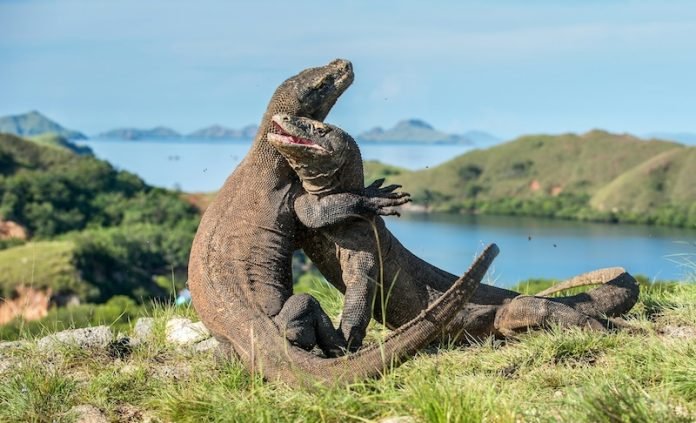
In the misty landscapes of the Isle of Skye, Scotland, scientists have made an exciting discovery that’s like unearthing a chapter from an ancient world.
A new species of pterosaur, a type of flying reptile that soared the skies millions of years ago, has been identified by researchers from prestigious institutions including the Natural History Museum, University of Bristol, University of Leicester, and University of Liverpool.
This discovery is not just about adding another name to the list of prehistoric creatures. It reveals a deeper narrative about the diversity and evolution of these ancient beings, particularly those belonging to the Darwinoptera clade of pterosaurs.
Pterosaurs have always fascinated us, not just because of their ability to fly but also due to their diverse forms and sizes.
The Darwinoptera clade, to which the newly discovered species belongs, was previously thought to have a more limited variety and a shorter period of existence. However, this discovery from Scotland tells a different story.
It suggests that this group of pterosaurs was not only more diverse but also thrived for over 25 million years, from the late Early Jurassic to the very end of the Jurassic period.
This is a significant stretch of time, especially considering the entire Jurassic period is known for its rich tapestry of life forms evolving and spreading across the globe.
The significance of this discovery extends beyond the Darwinoptera clade. It challenges our understanding of pterosaur evolution as a whole.
Pterosaur fossils from the Middle Jurassic period are rare and often incomplete, making it difficult for scientists to piece together how these creatures evolved.
The newly discovered species, found embedded in rock and requiring CT-scanning to study, provides valuable clues.
It indicates that the major groups of Jurassic pterosaurs were already in place much earlier than previously thought, suggesting a rapid spread and diversification.
Moreover, the discovery highlights the coexistence of pterosaurs with avialans, the early ancestors of modern birds, into the latest Jurassic.
This coexistence paints a vibrant picture of the prehistoric skies, bustling with a variety of winged creatures, each with its own place in the ecosystem.
The new species has been named Ceoptera evansae, combining a reference to the Scottish Gaelic word for mist, “Cheò,” with the Latin “ptera” for wing.
This name not only ties the species to the Isle of Skye, known as Eilean a’ Cheò (Isle of Mist), but also honors Professor Susan E. Evans for her contributions to anatomical and paleontological research, particularly in this region.
Professor Paul Barrett, a senior author of the study, highlighted the surprise element of this discovery, noting the rarity of finding such advanced flying reptiles in the UK, as most known relatives are from China.
This underlines the widespread distribution of these creatures and their early appearance in the fossil record.
Dr. Liz Martin-Silverstone, the lead author, emphasized the importance of this period in pterosaur evolution and the rarity of specimens from this time, marking the discovery of Ceoptera as a significant milestone.
It moves us closer to understanding the origins and evolution of advanced pterosaurs.
This discovery not only enriches our knowledge of prehistoric life but also inspires us to continue exploring, reminding us that the past, much like the skies once roamed by pterosaurs, is vast and full of undiscovered stories waiting to be told.
The research findings can be found in the Journal of Vertebrate Paleontology.
Copyright © 2024 Knowridge Science Report. All rights reserved.



